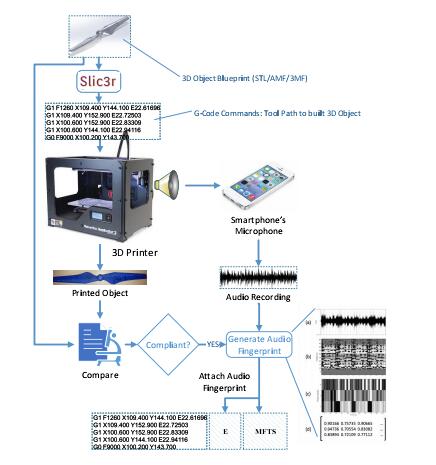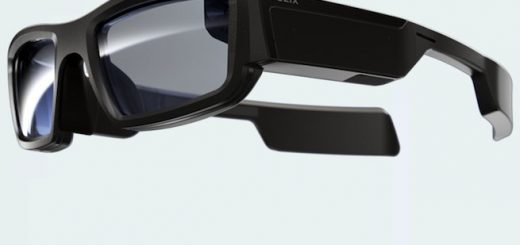Researchers Develop Audio-Based Method to Detect 3D Printing Cyber-Attacks
Ben-Gurion University of the Negev in Israel researchers has published a study titled “Digital Audio Signature for 3D Printing Integrity”, examining the use of “audio fingerprints” to help detect cyber-attacks on 3D printers.
As 3D printing is being used more regularly in a range of industries, a group of researchers is focusing on how the technology’s reliance on computerization can lead to security breaches and how we can detect such issues when they occur.
The average 3D printing hobbyist is unlikely to be too concerned about the likelihood of their desktop machine being tampered with. However, when it comes to aerospace, automotive and defense sectors, the concern is justifiably far greater.
The new research from Ben-Gurion University of the Negev in Israel proposes the use of “audio fingerprints” to help reduce these concerns by detecting cyber-attacks that alter a print, changing the geometry to introduce weaknesses in the printed part.
In a recently published paper, the researchers address issues “associated with sabotage via tampering during the 3D printing process by presenting an approach that can verify the integrity of a 3D printed object.”
![]() How Does it Work?
How Does it Work?
In their paper, the researchers explain that with FDM technology, a printed object is defined by movements of four stepper motors. These are for the filament extrusion and X/Y/Z axes. While the machine is working, a sound is made which is related to the 3D object.

So, by relying on “acoustic side-channel emanations” generated by a 3D printer’s stepper motors, the researchers came up with a real-time validation process which is non-intrusive and difficult to compromise.
Wondering what that sounds like? Small features or layers create high-pitched but short sounds. Meanwhile, a longer layer creates a longer sound.
Therefore, if the print has any embedded gaps (which can reduce a part’s strength), they will show up and sound very different. To map the changes, the team at Ben-Gurion University develops a “master audio fingerprint” using an algorithm.
So, when the same object is printed, it’s also recorded via a smartphone and compared in real time to the master file. If there are any differences in wave pattern, a potential flaw is revealed. When this happens, a print is stopped to save time and material.
Impressively, the team has already used the technique to detect six sabotage attacks successfully. The technique was able to detect changes in gaps, layer thickness, scale and fill pattern modification. Unfortunately, the extruded filament and temperature difference do not show up.
The team explains in the paper’s conclusion: “…the proposed detection method is highly efficient in detecting cyber-physical attacks that aim to modify the object’s geometry or the printing process timing.”
Source: all3dp.com




Recent Comments